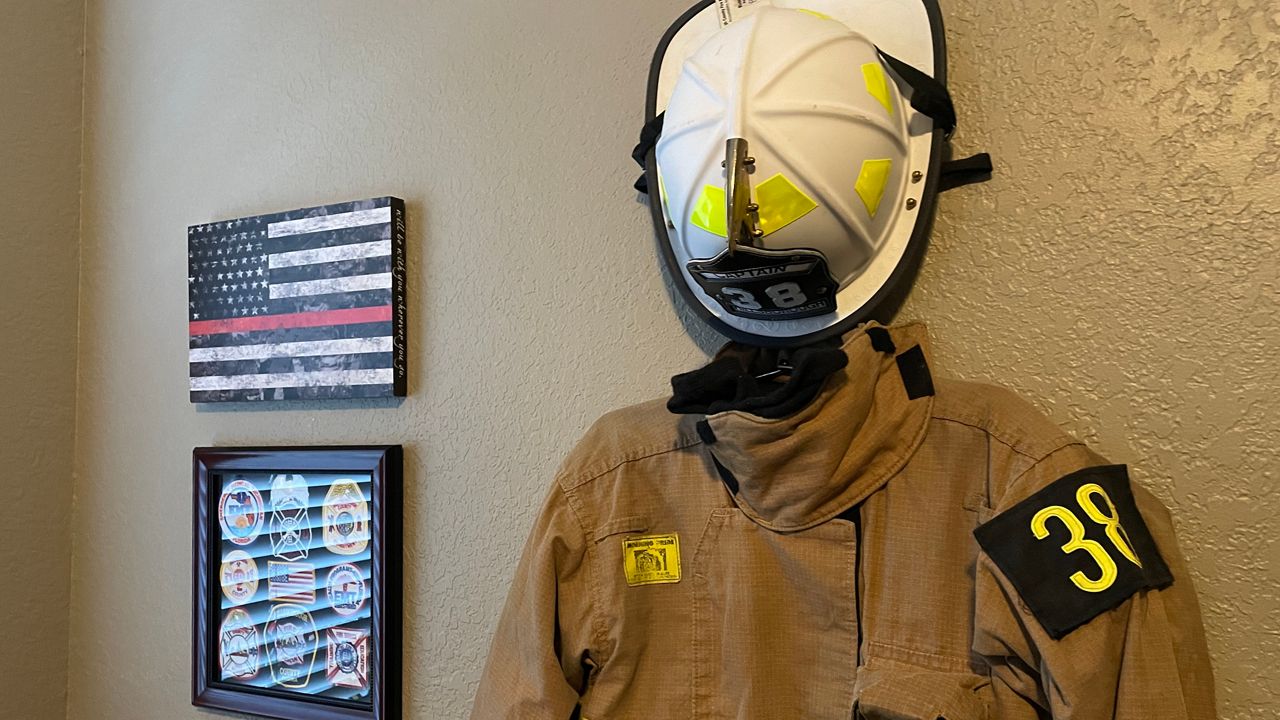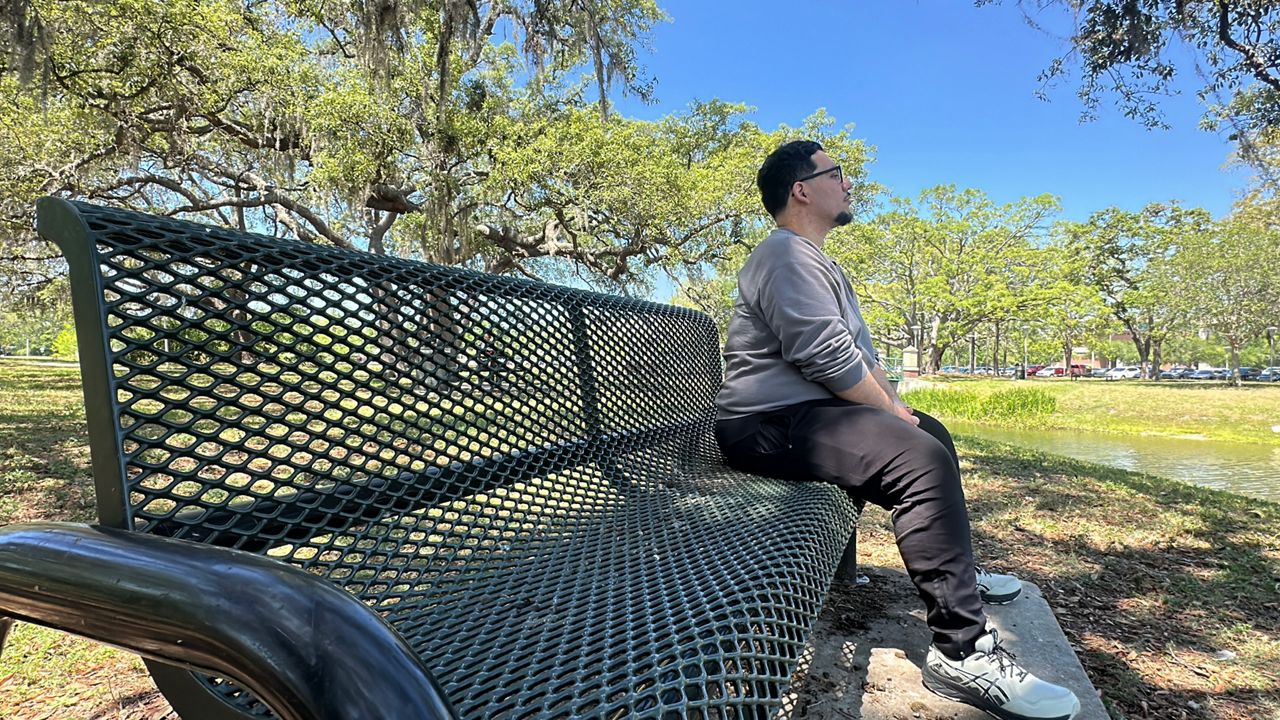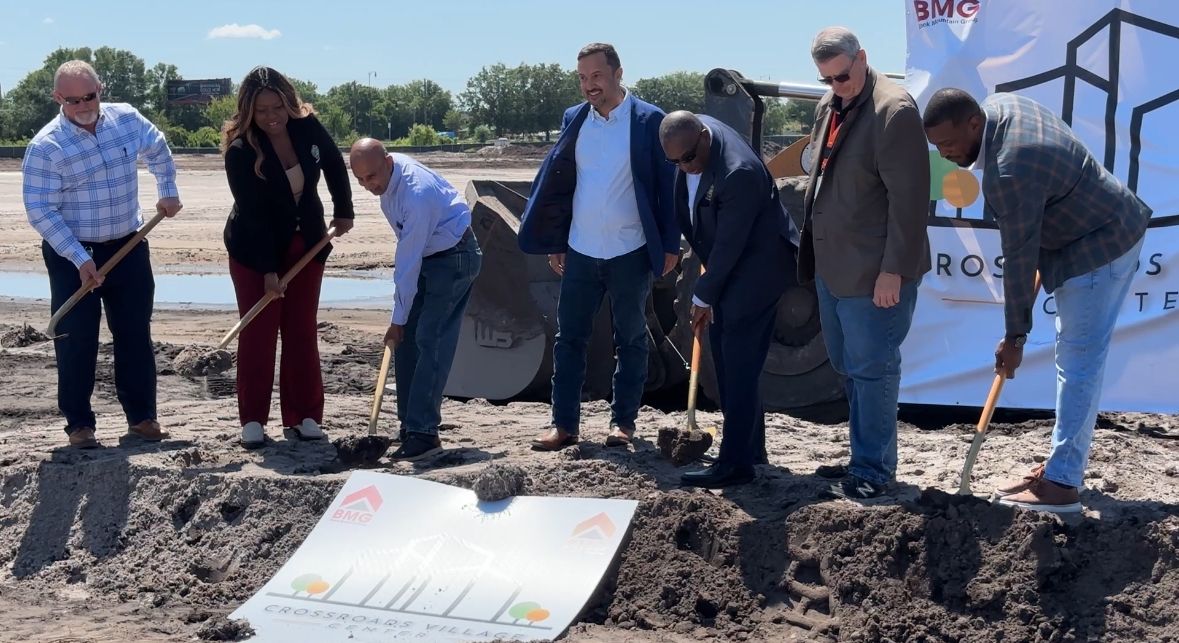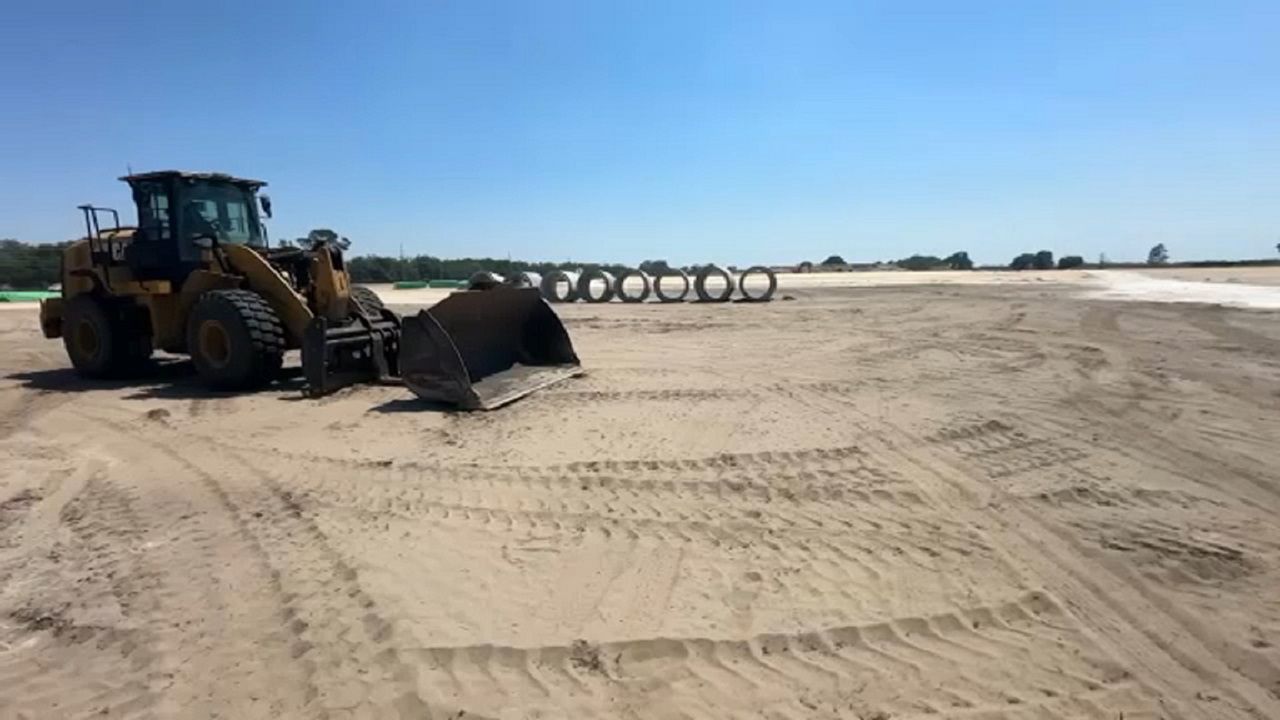VALRICO, Fla. — According to an AdventHealth spokesperson, the chief of orthopedics at the health system's Carrollwood hospital is among the few in the nation using an innovative technique to perform shoulder replacement surgery that reduces recovery time from around six weeks to about two weeks.
What You Need To Know
- AdventHealth Carrollwood surgeon among few in country using innovative technique to perform shoulder surgery
- Method doesn't involve cutting muscle
- Recovery time cut from about six weeks to around two weeks
- Retired Hillsborough Fire Rescue captain said he's seen a big difference since his surgery
"Historically, when we did that, we had to cut the muscle to gain access to the joint to see what we were working on," said Dr. Mark Mighell. "When you do that, you have to protect the patient in an immobilizer for six weeks to allow that to heal, which means it's very difficult to do activities of daily living."
Mighell said improvements in technology and surgical instruments have made it possible to perform the surgery without cutting the muscle. He told Spectrum Bay News 9 he's able to plan surgeries virtually, new saws better protect soft tissue, and engineers are designing more high-tech guides for use during surgery.
"So, all that taken together, plus my ability to do cadaver work. We have an anatomical lab that is very active. Tampa is a huge place for medical tourism. There is education going on here," said Mighell. "It has allowed me to do this surgery on cadavers first. So, at this point, I've done, you know, over 50, coming closer to 100 patients."
"I don't know of anyone else who's doing it exactly the way I do it," Mighell went on to say. "I make a special window to get the bone spur off. So, the way I do it is a little bit different than everyone else."
Ron Russell was among the first 20 of those patients. He underwent a shoulder replacement using the new procedure in August of last year.
"Two weeks after the operation, I was able to get out of the sling and start exercising my arm, and I did not need rehab at all. I just started doing my normal functions, my normal activities," said Russell.
The roots of Russell's injury date back 30 years. At the time, he was a captain with Hillsborough Fire Rescue, where he worked for more than four decades.
"There are three times in my 40 years that I said my prayers because I thought that was it, and the below-grade rescue was one of them," Russell said.

Russell was among the crews that responded to that call on July 31, 1991. He said a man became trapped in a hole collapse as he was trying to repair his well.
"When I rappelled down to him, his face was looking up, and the only thing that was exposed was his nose," Russell remembers.
According to Russell, the ground near the hole was too unstable to bring in equipment to dig the man out. So, for three hours and 47 minutes, he and others worked to free him by hand. All that time, Russel said he had to stay in a bent position. That led to a major back injury which would go on to make parts of his job physically difficult.
"This is the style of air packs that sit in the seats on a fire engine," Russell said, gesturing to a piece of equipment mounted to a wall in his house.
Russell said the extra 50 pounds of the tank, as well as his other gear, made getting in and out of the fire engines tough because of the strain on his back.
"That's when I started using my arms to climb in and out," Russell said. "Then, I would step out, use my arms to hold the weight because my back couldn't."
As time passed, Russell said that movement caused the injury in his shoulder. He said he's seen a big difference since getting the operation.
"It's still a major joint replacement," said Mighell. "It does require ice. It's not that it takes away the pain of the surgery, but it does free the patient up to drive their car, to take care of family members."
Mighell said he thinks in ten years, all shoulder replacement surgeries will be done using a method that doesn't require the muscle to be cut. He said he recently taught the technique he uses to surgeons in California. Other advancements he said he expects in the field include the integration of robotics into shoulder surgery.









